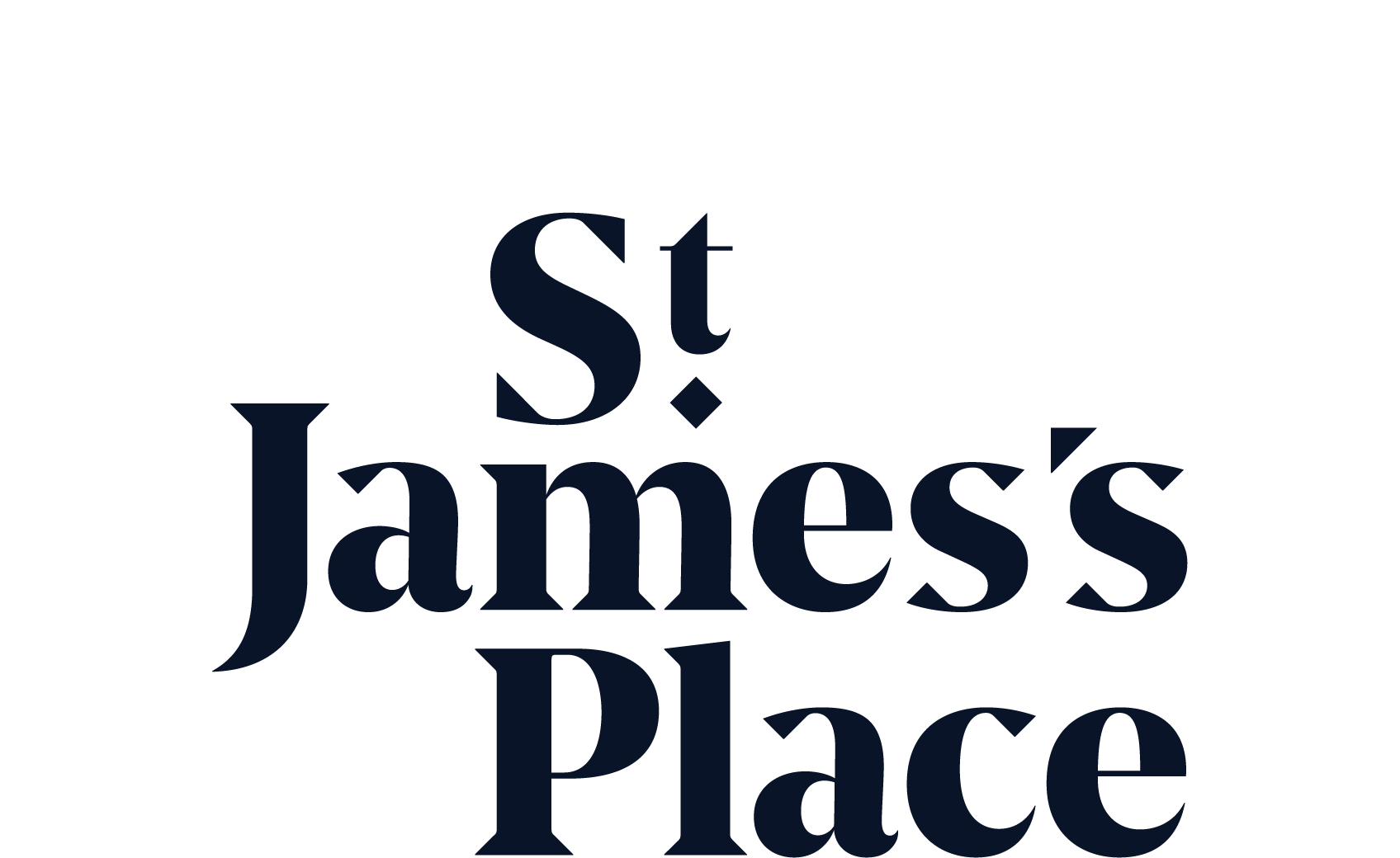Getting to grips with excepted assets
Most business owners are familiar with the concept of ‘Business Relief’ (BR) and the Inheritance Tax (IHT) protection it can afford a portion of their estate. However, while the merits of this relief may be widely known, the term ‘excepted assets’ may lead business owners into unchartered waters.
As business owners look to safeguard their assets using BR, it is important they fully understand the rules surrounding excepted assets, how these apply to their own circumstances and the potentially detrimental impact they can have on a BR claim. With excepted assets not exempt from IHT, a failure to recognise and address this could result in an unexpected and unwelcome tax liability for the beneficiaries of the business owner’s estate
Business Relief in a nutshell
Any private ownership of a business - as a whole, or share of a business - is included in the owner’s estate for IHT purposes. However, a business owner may be able to access BR, which protects their share of the business from IHT once it has been owned for two years. This relief can be either 50% or 100% dependent on the type of business property.
Defining an excepted asset
An asset is classed as ‘excepted’ if it meets either of two requirements:
it is not required for future use in the business; or
it has not been used wholly or mainly for the purposes of the business throughout the two years before the transfer.
Excepted assets will restrict a BR claim. Examples of common excepted assets include:
- Shares and other investments not used in the business.
- Assets intended for private use.
- Excess cash - the most commonly found excepted asset.
In the absence of these rules, it would be easy to access BR on a non-business asset by simply placing it in a business wrapper. For example, a wealthy individual with an expensive yacht may transfer it into the company in the hope the yacht would become sheltered from IHT on the basis that he or she would be eligible for 100% BR on the value of the company shares. In addition, he or she might do the same with private cash by subscribing for more shares in the company without that cash being needed by the company, i.e. treating the company as a ‘moneybox’. The excepted asset rules are aimed at preventing BR from being exploited in these situations.
Are excepted assets likely to be a problem for you?
It is usually quite straightforward to identify assets that are not being used in the business and may therefore not be exempt from IHT. However, when it comes to excess cash, it is not always easy to understand where to draw the line as to what level of cash is reasonably needed in the business as working capital and what is surplus to requirements and, therefore, at risk of being deemed to be an excepted asset. To add to the complexity, there is no stated limit in the legislation or guidance as to what is and is not an acceptable amount of cash as it can depend on the type of business in question. Arguably there is a risk in holding any amount of cash.
Therefore, the circumstances of each business need to be assessed individually. For example, when looking at the ‘past use’ test, it may be necessary to look at the company accounts for at least the previous two years. When considering the first test requiring the asset to be needed for future use in the business, HMRC’s view is that there should be evidence of a positive decision or firm intention to use the cash which should be documented in board minutes or similar.
Resolving the problem of excepted assets
Establishing the existence and exposure to excepted assets is not easy and will require in-depth analysis of the circumstances of each individual business. However, once an excepted asset is identified correctly, there are a multitude of ways in which it can be either removed from the business and dealt with in an IHT efficient manner or converted into an asset that is not ‘excepted’, in many instances, with immediate effect.
Getting to grips with excepted assets
Most business owners are familiar with the concept of ‘Business Relief’ (BR) and the Inheritance Tax (IHT) protection it can afford a portion of their estate. However, while the merits of this relief may be widely known, the term ‘excepted assets’ may lead business owners into unchartered waters.
As business owners look to safeguard their assets using BR, it is important they fully understand the rules surrounding excepted assets, how these apply to their own circumstances and the potentially detrimental impact they can have on a BR claim. With excepted assets not exempt from IHT, a failure to recognise and address this could result in an unexpected and unwelcome tax liability for the beneficiaries of the business owner’s estate
Business Relief in a nutshell
Any private ownership of a business - as a whole, or share of a business - is included in the owner’s estate for IHT purposes. However, a business owner may be able to access BR, which protects their share of the business from IHT once it has been owned for two years. This relief can be either 50% or 100% dependent on the type of business property.
Defining an excepted asset
An asset is classed as ‘excepted’ if it meets either of two requirements:
it is not required for future use in the business; or
it has not been used wholly or mainly for the purposes of the business throughout the two years before the transfer.
Excepted assets will restrict a BR claim. Examples of common excepted assets include:
- Shares and other investments not used in the business.
- Assets intended for private use.
- Excess cash - the most commonly found excepted asset.
In the absence of these rules, it would be easy to access BR on a non-business asset by simply placing it in a business wrapper. For example, a wealthy individual with an expensive yacht may transfer it into the company in the hope the yacht would become sheltered from IHT on the basis that he or she would be eligible for 100% BR on the value of the company shares. In addition, he or she might do the same with private cash by subscribing for more shares in the company without that cash being needed by the company, i.e. treating the company as a ‘moneybox’. The excepted asset rules are aimed at preventing BR from being exploited in these situations.
Are excepted assets likely to be a problem for you?
It is usually quite straightforward to identify assets that are not being used in the business and may therefore not be exempt from IHT. However, when it comes to excess cash, it is not always easy to understand where to draw the line as to what level of cash is reasonably needed in the business as working capital and what is surplus to requirements and, therefore, at risk of being deemed to be an excepted asset. To add to the complexity, there is no stated limit in the legislation or guidance as to what is and is not an acceptable amount of cash as it can depend on the type of business in question. Arguably there is a risk in holding any amount of cash.
Therefore, the circumstances of each business need to be assessed individually. For example, when looking at the ‘past use’ test, it may be necessary to look at the company accounts for at least the previous two years. When considering the first test requiring the asset to be needed for future use in the business, HMRC’s view is that there should be evidence of a positive decision or firm intention to use the cash which should be documented in board minutes or similar.
Resolving the problem of excepted assets
Establishing the existence and exposure to excepted assets is not easy and will require in-depth analysis of the circumstances of each individual business. However, once an excepted asset is identified correctly, there are a multitude of ways in which it can be either removed from the business and dealt with in an IHT efficient manner or converted into an asset that is not ‘excepted’, in many instances, with immediate effect.
Getting to grips with excepted assets
Most business owners are familiar with the concept of ‘Business Relief’ (BR) and the Inheritance Tax (IHT) protection it can afford a portion of their estate. However, while the merits of this relief may be widely known, the term ‘excepted assets’ may lead business owners into unchartered waters.
As business owners look to safeguard their assets using BR, it is important they fully understand the rules surrounding excepted assets, how these apply to their own circumstances and the potentially detrimental impact they can have on a BR claim. With excepted assets not exempt from IHT, a failure to recognise and address this could result in an unexpected and unwelcome tax liability for the beneficiaries of the business owner’s estate
Business Relief in a nutshell
Any private ownership of a business - as a whole, or share of a business - is included in the owner’s estate for IHT purposes. However, a business owner may be able to access BR, which protects their share of the business from IHT once it has been owned for two years. This relief can be either 50% or 100% dependent on the type of business property.
Defining an excepted asset
An asset is classed as ‘excepted’ if it meets either of two requirements:
it is not required for future use in the business; or
it has not been used wholly or mainly for the purposes of the business throughout the two years before the transfer.
Excepted assets will restrict a BR claim. Examples of common excepted assets include:
- Shares and other investments not used in the business.
- Assets intended for private use.
- Excess cash - the most commonly found excepted asset.
In the absence of these rules, it would be easy to access BR on a non-business asset by simply placing it in a business wrapper. For example, a wealthy individual with an expensive yacht may transfer it into the company in the hope the yacht would become sheltered from IHT on the basis that he or she would be eligible for 100% BR on the value of the company shares. In addition, he or she might do the same with private cash by subscribing for more shares in the company without that cash being needed by the company, i.e. treating the company as a ‘moneybox’. The excepted asset rules are aimed at preventing BR from being exploited in these situations.
Are excepted assets likely to be a problem for you?
It is usually quite straightforward to identify assets that are not being used in the business and may therefore not be exempt from IHT. However, when it comes to excess cash, it is not always easy to understand where to draw the line as to what level of cash is reasonably needed in the business as working capital and what is surplus to requirements and, therefore, at risk of being deemed to be an excepted asset. To add to the complexity, there is no stated limit in the legislation or guidance as to what is and is not an acceptable amount of cash as it can depend on the type of business in question. Arguably there is a risk in holding any amount of cash.
Therefore, the circumstances of each business need to be assessed individually. For example, when looking at the ‘past use’ test, it may be necessary to look at the company accounts for at least the previous two years. When considering the first test requiring the asset to be needed for future use in the business, HMRC’s view is that there should be evidence of a positive decision or firm intention to use the cash which should be documented in board minutes or similar.
Resolving the problem of excepted assets
Establishing the existence and exposure to excepted assets is not easy and will require in-depth analysis of the circumstances of each individual business. However, once an excepted asset is identified correctly, there are a multitude of ways in which it can be either removed from the business and dealt with in an IHT efficient manner or converted into an asset that is not ‘excepted’, in many instances, with immediate effect.




